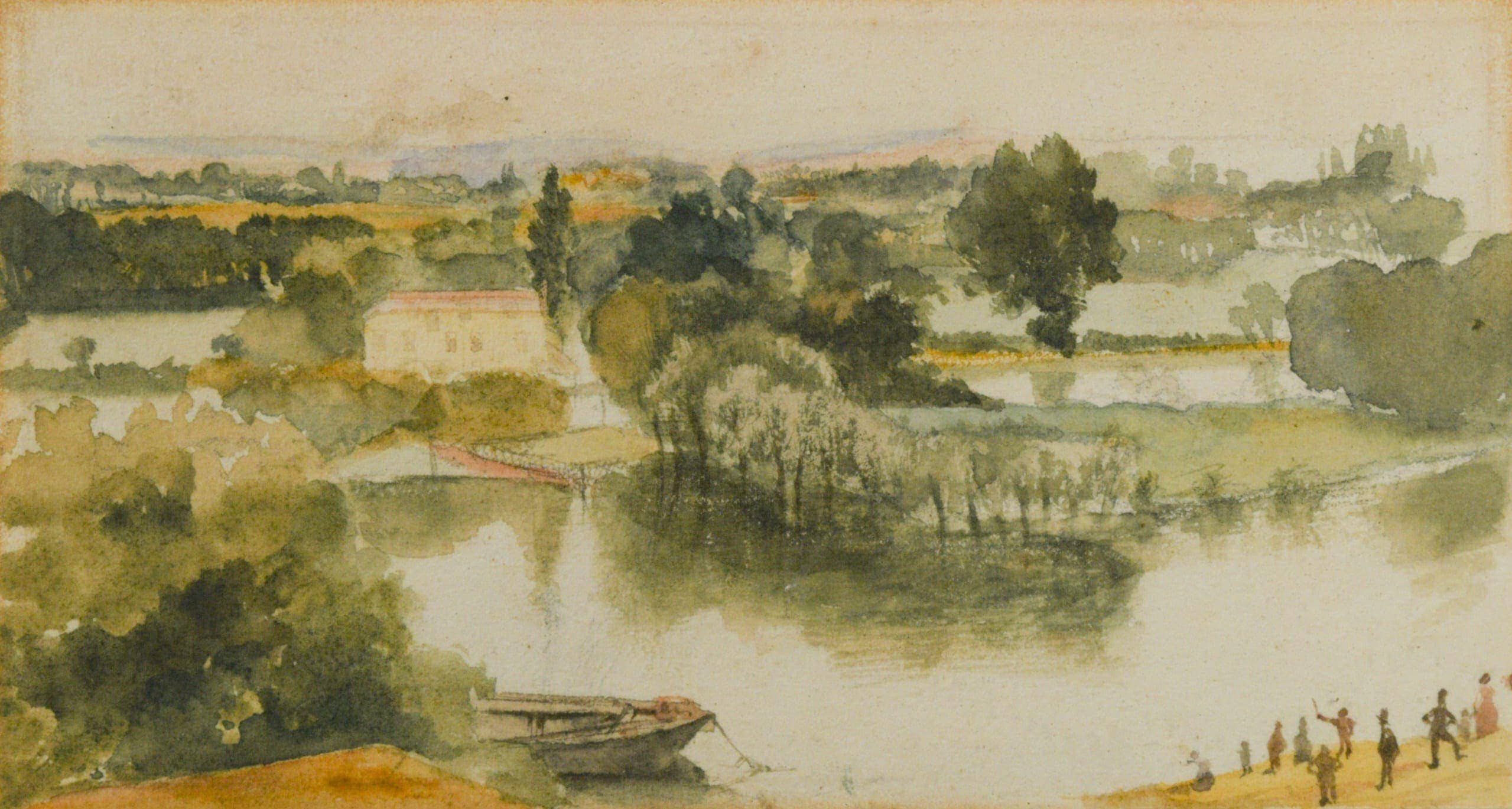
Your Stranger in Town dwells near stooping cranes by a river in the North. But a memory of country ways floated back to him on a trip to London’s Eel Pie Island, the almost holy ground in which was seeded Britain’s skiffle, jazz, blues and rock music – once the pulse of youth, now a haunt for trippers.
And so he remembered …
The big man, who stretched the stitching on a tweed jacket styled for a grizzly bear, had a peculiar trade.
In a time-entombed Welsh village, he met gullible customers. They watched his smile open like the end of a skittle alley over a chin as stubbled as a yard-brush.
You see, the big man dealt in plump, steaming maggots, kept in ventilated tins and used as bait by coarse fishermen in the trout streams, which sped and danced in gurgling melodies through the heather and down the foothills of Snowdon.
the big man dealt in plump, steaming maggots
But this unsavoury dealer had one wise tip. If you baited the hook on your line with maggots or a worm and then lowered it into the deep, dark pools, just off the quick water, and left it for a few minutes, you were sure to catch an eel, blacker than licked liquorice.
The picture returned to me on my way to Eel Pie Island, which is reached by taking 66 strides over a hump-backed footbridge erected in 1957 on the Thames embankment at Twickenham.
A few hundred yards from the bridge sits a pub and restaurant called the Eel Pie.
“That sorts out lunch,” I said to myself, “A feast of eel pie it will be.”
you were sure to catch an eel, blacker than licked liquorice
For I had never eaten such a pie, though my late, long-suffering mother had once skinned and grilled an energetic and squiggly eel, I’d caught after following the maggot man’s advice.
In earlier times, the 8,935-acre island was known as an ait, the name given to a small island in a river. Of course, all places on the tourist trail must have legends. And it’s said that in his slim and randy days, young Henry VIII came a-courting to the ait, kissing maidens on land, where there now stands a green, corrugated building decorated with gnomes, an upside down lady’s plaster legs, old signs and advertisements. These promote Will’s Star Cigarettes; His Majesty’s Voice, the hallmark of quality; and the Cornish Riviera, which had maximum sunshine, equable temperature and was England’s national health and pleasure resort.
But before trains and charabancs carried people to Cornwall, Londoners had their own little island paradise, our ait, easily reached by boats from the shore. And by the 17th century came trippers in great numbers, carrying picnics, some also carrying fishing rods and nets. A rather dingy old inn was replaced in 1830 by a splendid new one, serving eel dishes. These proved popular with those arriving in steamboats, blithely unaware that their steps followed those of Mesolithic Man, who had left behind tools fashioned from antlers, which were later found by archaeologists.
But before trains and charabancs carried people to Cornwall, Londoners had their own little island paradise
So it was that the old names of Parish Ait or Twickenham Ait were replaced by Eel Pie Island.
But the history that matters most to the tens of thousands of visitors was made in the Eel Island Hotel, where its boss, Arthur Chisnall (1925-2006,) hosted music nights believing they would offer opportunities to Britain’s post-war teenagers, who were developing musical styles of their own, which at first were dismissed as a craze. But they were destined to sustain and become our greatest cultural contribution to the late 20th century.
Rather grand dances had been held in the Victorian Hotel in the 1920s and 1930s. But they were quite different in style to the jiving and bopping, which came in the late 1950s with skiffle and jazz groups led by Ken Colyer, Acker Bilk, Cyril Davies, Kenny Ball and others.
ArrayThe music scene fell into three phases – jazz and skiffle (1956-63), followed by the rhythm and blues years and the rock years. In 1967 the hotel had to close for extensive repairs, reopening as Colonel Barefoot’s Rock Garden in 1969. Then it had to close again amid warnings of fire, which were prophetic, as it burned down in 1971, having briefly been occupied by bohemians eager to break the constraints of suburban life.
But in its glory years, the Eel Pie Hotel had heard great music provided by many destined for lasting fame – the Rolling Stones, Rod Stewart, Ronnie Wood, Jeff Beck, Jimmy Page, the Yardbirds, David Bowie (then Jones), Pink Floyd, Led Zeppelin and, as old billboards would say, many others.
Their stories are told in the superb Eel Pie Island Museum, which has been open a couple of years on the Twickenham shore in a building, which had previously served as a cinema and a private club for gentlemen attracted to frolicsome entertainments.
The admission is £3 per head and its cavernous rooms contain old vinyl records, photos, bills, newspaper cuttings, memorabilia and much else, telling the tale of those crazy, boozy days – and the earlier times.
Today, cottages and buildings nestle behind white picket fencing on the island. Artists, poets and bejeaned, bespectacled philosophers live there, amid the population of 120, based in about 50 buildings, including boatyards and art studios. There are closed nature reserves at both ends.
Artists, poets and bejeaned, bespectacled philosophers live there, amid the population of 120
Indeed, all plots and walkways are privately owned, though the paths by the lawn-fringed cottages are free to the public. Open days are held in the Eel Pie Island Art Studios, usually in June and December. The island is also home to the famous Twickenham Rowing Club, where a security video monitors “all activities”.
Well, it was time for lunch. So I strode to the Eel Pie, a lovely pub with fine timber panels within, as well as an extensive menu. My eyes journeyed down it. But there was no mention of eels.
Surely an oversight, I suggested to the staff. But it seems there is no call for eel pie anymore, though one chap remembered an occasion some years ago when it was prepared. He thought, unsurely. that the pie might have pleased certain tastes. But the experiment was not repeated.
But there was no mention of eels
To be truthful, I was relieved. After all the eels could have been dining on maggots.
And so your Stranger in Town walked about three miles back to Richmond overground station, along the river banks, where ancient trees stretched their gnarled limbs into dark water patrolled by preening swans and other birds lower down the pecking order.
It had been a good day on a wonderful little island – or ait, as I shall now call it.




